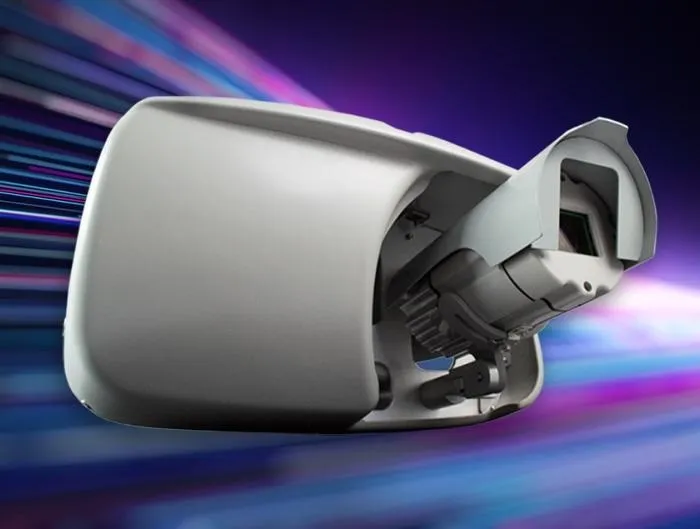Point Grey, a specialist in advanced digital camera products, and AMD, the global semiconductor company, have jointly demonstrated uncompressed streaming HD video across USB 3.0 during AMD’s A-Series APU official launch event.
April 20, 2012
Read time: 2 mins
RSS541 Point Grey, a specialist in advanced digital camera products, and AMD, the global semiconductor company, have jointly demonstrated uncompressed streaming HD video across USB 3.0 during AMD’s A-Series APU official launch event.
The AMD A-Series APU-based platforms are the first to utilise the A75 and A70M FCH chipsets in desktop and mobile, respectively. The A75 and A70M FCH are the first certified chipsets to integrate SuperSpeed USB (USB 3.0) into their core logic. The live demonstration showcased the performance benefits of USB 3.0 by streaming uncompressed high definition (HD) 1080p60 video from Point Grey’s Flea3 digital video camera to an AMD Fusion A-Series-based laptop computer. USB 3.0 offers ten times the bandwidth of USB 2.0, full duplex and asynchronous operation, and increased power delivery.
"We are pleased to have had the opportunity to team up with AMD to demonstrate the benefits of USB 3.0,” says Michael Gibbons, product marketing manager at Point Grey. “Point Grey demonstrated the world’s first SuperSpeed USB camera in September 2009. Since then we have witnessed widespread adoption of USB 3.0 in consumer devices and a huge groundswell of interest from both industrial and prosumer customers. Desktop and notebook computers equipped with the new AMD A-Series APUs will enable users to build high-performance and cost-effective imaging systems.”
“The AMD Fusion A-Series APUs when paired with the A75 or A70M FCH chipsets provide customers with immediate and easy access to SuperSpeed USB’s impressive bandwidth,” says Godfrey Cheng, director of AMD’s Client Technology Unit. “USB 3.0 enables the use of HD 1080p cameras, which means a new level of realism for video conferencing and other forms of tele-presence. Using Point Grey’s Flea3 we were able to give users insight into some of the other applications that are possible with SuperSpeed USB in addition to the high-speed data transfers with external storage devices that we have seen so far.”
The AMD A-Series APU-based platforms are the first to utilise the A75 and A70M FCH chipsets in desktop and mobile, respectively. The A75 and A70M FCH are the first certified chipsets to integrate SuperSpeed USB (USB 3.0) into their core logic. The live demonstration showcased the performance benefits of USB 3.0 by streaming uncompressed high definition (HD) 1080p60 video from Point Grey’s Flea3 digital video camera to an AMD Fusion A-Series-based laptop computer. USB 3.0 offers ten times the bandwidth of USB 2.0, full duplex and asynchronous operation, and increased power delivery.
"We are pleased to have had the opportunity to team up with AMD to demonstrate the benefits of USB 3.0,” says Michael Gibbons, product marketing manager at Point Grey. “Point Grey demonstrated the world’s first SuperSpeed USB camera in September 2009. Since then we have witnessed widespread adoption of USB 3.0 in consumer devices and a huge groundswell of interest from both industrial and prosumer customers. Desktop and notebook computers equipped with the new AMD A-Series APUs will enable users to build high-performance and cost-effective imaging systems.”
“The AMD Fusion A-Series APUs when paired with the A75 or A70M FCH chipsets provide customers with immediate and easy access to SuperSpeed USB’s impressive bandwidth,” says Godfrey Cheng, director of AMD’s Client Technology Unit. “USB 3.0 enables the use of HD 1080p cameras, which means a new level of realism for video conferencing and other forms of tele-presence. Using Point Grey’s Flea3 we were able to give users insight into some of the other applications that are possible with SuperSpeed USB in addition to the high-speed data transfers with external storage devices that we have seen so far.”








